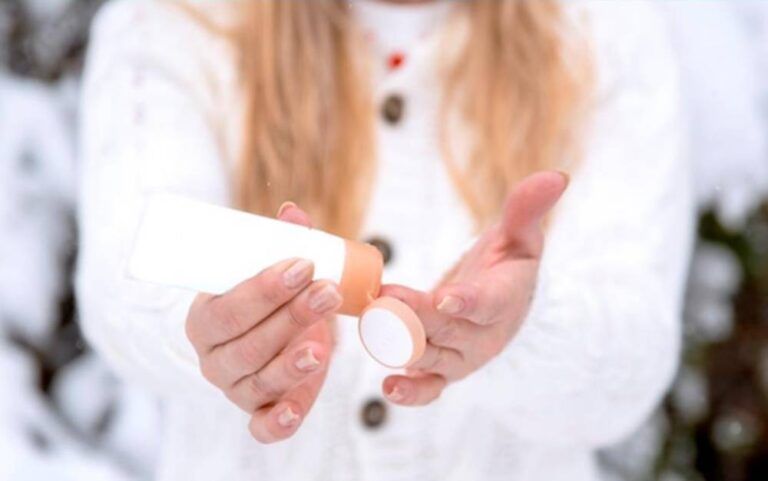Winter and Psoriasis: How to Protect Your Skin During Cold Weather

For many individuals with psoriasis, winter can be an especially challenging time. The cold, dry air combined with indoor heating can worsen psoriasis symptoms, leading to increased dryness, itching, and flaking of the skin. However, with the right strategies, it is possible to manage these symptoms effectively and keep your skin healthy throughout the colder months.
Why Does Winter Worsen Psoriasis?
Several factors contribute to the exacerbation of psoriasis symptoms during winter:
- Dry Air: Cold outdoor air and heated indoor environments both have low humidity levels, which can dehydrate the skin and trigger psoriasis flares.
- Reduced Sunlight: Sunlight helps in slowing down the overactive skin cell production associated with psoriasis. In winter, shorter days and reduced sun exposure can lead to a lack of this natural relief.
- Cold Temperatures: Cold weather can irritate sensitive skin, leading to redness and inflammation.
- Stress: The holiday season and shorter daylight hours can increase stress levels, a known trigger for psoriasis flares.
Tips to Protect Your Skin During Winter
Here are some practical tips to help manage psoriasis and protect your skin during the winter season:
- Moisturize Regularly
- Use thick, fragrance-free moisturizers to lock in moisture and prevent dryness. Ointments and creams with ingredients like ceramides, shea butter, or glycerin are especially effective.
- Apply moisturizer immediately after bathing or washing your hands to seal in moisture.
- Use a Humidifier
- Indoor heating systems can dry out the air in your home. Using a humidifier can help maintain adequate moisture levels, preventing your skin from becoming too dry.
- Avoid Hot Showers
- While a hot shower may feel comforting during winter, hot water can strip the skin of its natural oils, leading to further dryness and irritation. Opt for lukewarm water instead, and limit your showers to 10-15 minutes.
- Wear Soft, Breathable Fabrics
- Wool and synthetic fabrics can irritate the skin. Choose soft, breathable materials like cotton to reduce friction and irritation.
- Layer your clothing to stay warm, but make sure the layer closest to your skin is made of a gentle fabric.
- Stay Hydrated
- Drinking plenty of water helps keep your skin hydrated from the inside out. Aim for at least 8 glasses of water per day.
- Get Safe Sun Exposure
- When the sun is out, try to get some natural sunlight exposure. Even a few minutes can help reduce symptoms. However, be mindful of overexposure, and always use sunscreen if you’ll be outside for extended periods.
- Manage Stress
- Stress is a known trigger for psoriasis. Practicing stress-reducing activities like meditation, yoga, or deep breathing exercises can help minimize flares.
- Stick to Your Treatment Plan
- Continue using any prescribed medications or topical treatments as directed by your dermatologist. If you notice worsening symptoms, consult your healthcare provider for potential adjustments to your treatment plan.
- Avoid Irritants
- Harsh soaps, detergents, and skincare products with strong fragrances or alcohol can aggravate psoriasis. Use gentle, hypoallergenic products instead.
Remember
Winter can be tough on those with psoriasis, but with proactive care and the right strategies, it is possible to minimize flares and keep your skin comfortable. Moisturizing regularly, using a humidifier, staying hydrated, and managing stress are key steps in protecting your skin during the colder months. Remember, consistency is key—and don’t hesitate to seek professional help if needed.
By taking these measures, you can enjoy the winter season while keeping your psoriasis symptoms under control.
If you experience worsening of your condition, it’s important to schedule an appointment with your healthcare professional to ensure proper evaluation and care.